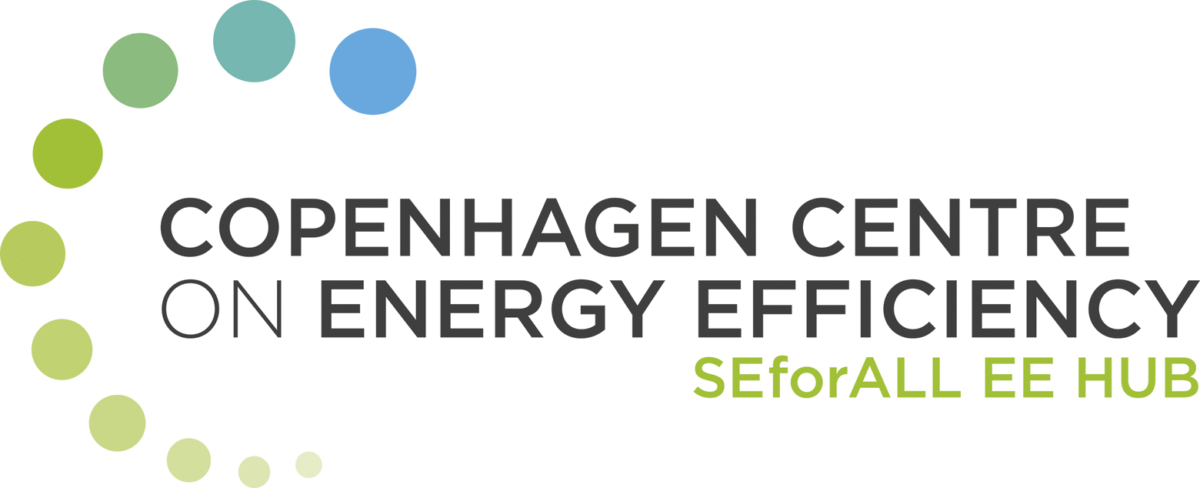Energy efficiency – the low hanging fruit of climate action – needs to be improved, but it requires the right mix of skills and knowledge
Improving energy efficiency is widely recognised as a key element and a low hanging fruit in addressing climate change while at the same time contributing to sustainable development. Specifically, energy management represents a significant opportunity for building, transport, industrial-commercial, and other sectors to reduce their energy use while maintaining or boosting productivity.
The potential in improving energy efficiency is also reflected in Sustainable Development Goal 7, which calls for a doubling of the global rate of energy efficiency by 2030. To achieve these ambitions will require people equipped with the right mix of skills and knowledge.
Globally, there is a lack of systematic review of skills and knowledge available in the energy efficiency sectors, both among the in-service professionals working in the energy efficiency sector and among recent graduates from the educational system.
UNEP DTU Partnership’s Copenhagen Centre on Energy Efficiency has undertaken studies in Argentina, Sri Lanka, and Kenya to comprehend the gap between availability and requirement of energy efficiency skills and knowledge. These studies contextualise skills and knowledge gaps for energy efficiency in the building sector in Argentina, the Transport sector in Sri Lanka and the Commercial and Manufacturing sectors in Kenya and will be presented in this side event.
Read more about UNEP DTU Partnership’s work to close the energy efficiency knowledge gaps here.
Share this
Sectors: Buildings, Industry, Transport
Country / Region: Argentina, Kenya, Sri Lanka
Tags: climate change, energy, energy efficiency, energy management, international development, partnerships, sustainable development, Sustainable Development Goals, transport, United Nations Environment ProgrammeIn 2 user collections: Urban Climate Neutrality (Argentina) , C2E2 Webinars
Knowledge Object: eLearning
Published by: Copenhagen Centre on Energy Efficiency
Publishing year: 2021
Content:





